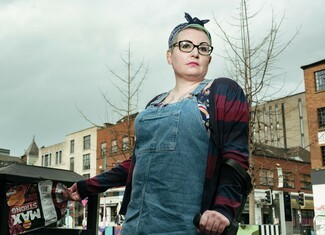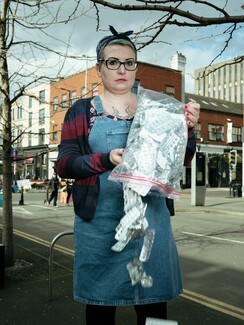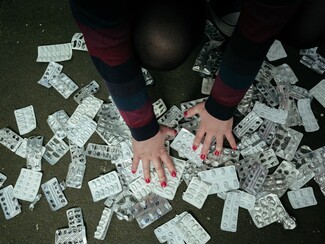Opinion - 'Recycling is in our blood and history' by Gemma Lees

Recycling is in our blood and in our history, particularly in the rag and bone and scrap metal trades. We can continue this tradition with contemporary items that would otherwise be thrown ‘away’... writes Gemma Lees.
Growing up in the 80s, I was acutely aware of ‘Keep Britain Tidy’ and the ubiquitous little man called ‘Tidyman’ who could be seen on bins and the back of crisp packets. At that time, we were taught that throwing rubbish away rather than littering was enough.
Don’t get me wrong, the impact of ‘Keep Britain Tidy’ on the growing post-war littering problem was tremendous, but the truth is that there just is no ‘away’. Every crisp packet that I’ve ever dutifully put in the bin still exists on Earth and will do so for at least another four decades. Made from flexible or soft plastics, crisp packets and other similar items, such as chocolate wrappers, film lids, pasta bags or bread bags, make up 290,000 tonnes of waste sent to landfill each year in the UK alone.

Living a completely waste free life is almost impossible, we all need medicines, furniture, appliances and clothes. Eventually we will end up with either usable goods that are no longer useful to us, such toys and shoes our kids have grown out of, or waste items such as broken electrical appliances or ripped linens. With a little bit of effort, we can sell, donate or recycle these items.
We can all also be responsible for ending ‘conspicuous consumption’. This is when we buy items just to look good or show off our wealth to other people. The planet is filling up with out of style handbags and last gen mobile phones.
I now follow a different mantra, the three ‘Rs’:
Reduce: I reduce the amount of waste I send to landfill by buying less and buying less wasteful essentials.
Reuse: I upcycle, mend or pass on everything I’m finished with that somebody else could use.
Recycle: I recycle absolutely everything I can.

Items that go to landfill every year in the UK:
- 360,000 tonnes of wearable clothing.
- 149 million pairs of shoes.
- 114,000 tonnes of towels and blankets.
- £144million worth of duvets and pillows.
- 600 million batteries.
- The vast majority of blister packs from the £10.23 billion worth of medicines packaged in them that are sold and prescribed.
- 22 million pieces of furniture.
- 3 million useable household items such as kitchenware and décor.
- 109 billion pieces of beauty industry packaging, such as make-up and toiletries.
- 8.5 million useable toys.
- 1.6 million tonnes of e-waste, that’s anything with plugs, cords, and electrical components.
By Gemma Lees/TT
(All photos of Gemma Lees © Bela Varadi/TT)